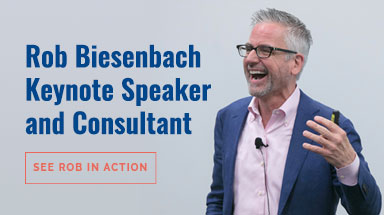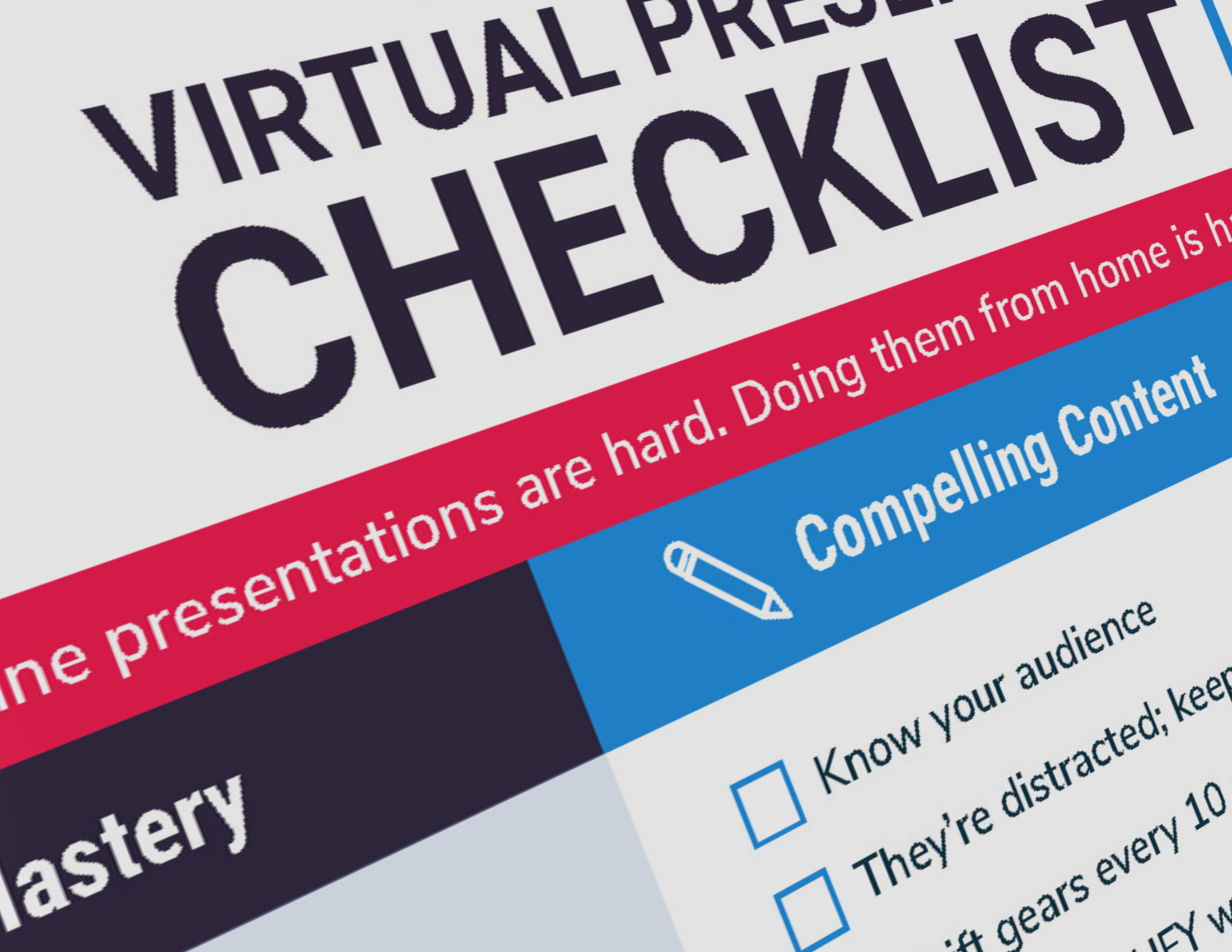
1. Take Questions
The most obvious way to create a conversation is to set aside some time for Q&A. Unless it’s absolutely not feasible for some technical or other reason, you should always take questions. It gives your audience a voice, makes you more accountable for your ideas, and many other things.
You can intersperse question time throughout your talk or save it for the end. Keep in mind that many experts say that ending with Q&A is a flat way to finish a speech, due to the risk of being taken off-message.
Because of the Recency Effect, that last impression counts for a lot. So you’ll want to make the most of it by controlling the message as much as possible. That means doing the Q&A before your wrap-up.
Think about: What are the holes in your arguments? Are you prepared with answers? Play devil’s advocate. If you’ve spoken on this topic before, review what was asked the last time. Be ready for anything.
2. Conduct a Survey
In the olden days we used electronic audience response systems (ARS) to take the audience’s pulse during a speech. Now there are tons of apps that can accomplish the same thing.
Of course, in the really olden days, you just asked people to raise their hands in response to a question. This can still work. Just make sure it’s a legitimate poll, and not something dumb like, “Show of hands. How many of you have a smart phone?”
Think about: Is your survey question genuinely designed to move the dialogue forward, or is it just a gimmick intended to give the appearance of interaction? Can you use an on-the-spot survey to gauge the audience’s interest or experience level and adjust your content accordingly?
3. Promote Dialogue
When I have a small enough crowd, I try to create a dialogue with the audience. Instead of feeding them all the answers, I’ll let them fill in the blanks: “Words are just one way to get your point across. What are some others?”
Or I might ask them questions like, “Think about a great speech you’ve seen. What made it memorable?”
A running dialogue is a great way to keep audiences engaged and attentive.
Think about: Can any of your points be broken down into lists or series? Tee up a topic and let the audience create your list for you. Ideally, if you’ve done your homework, you’ll be ready to cover those points. If there are any you missed, consider improvising.
4. Conduct Exercises
I do all kinds of exercises to get audiences up on their feet or to get the wheels turning in their heads.
I bring people up to act out scenes from movies, I do role-playing, I have them complete individual or group exercises—there are all kinds of ways to get people involved.
Just don’t rely solely on generic exercises like ice-breakers. Try to be strategic. All of my exercises help illustrate the subject at hand, whether it’s storytelling, body language or presentation skills.
Also, none of them are goofy. I don’t put people on the spot by asking them to act silly.
Think about: Bear in mind that professional facilitators train for years to successfully conduct these kinds of exercises. So if you’re not an expert, it’s best to keep it simple. Though I’m not fond of off-message ice-breakers, having people just go around the room and introduce themselves to each other is easy, and it does tend to create positive energy.
5. Do Quizzes
People love games. Especially when there are prizes. I give aways books and chocolate as rewards, including my genuine Act Like You Mean Business candy bars:
Once again, I don’t ask random questions—they’re all relevant to my content and on-message.
Think about: What are some questions that most of the room won’t have an answer for? If the question is too easy, it will be hard to determine the winner. Also, what’s a prize you can hand out? It sounds crazy, but grown adults really do love treats like candy. And if you can brand it like I did, all the better. Free samples of your product are also good. When I’m feeling really generous, I even give away my books.
Audience Interaction is For Everybody
Okay, maybe not everybody. If you’re Colin Powell or Hillary Clinton or you’re speaking to 10,000 people in an arena, you may get a pass on audience interaction.
For the rest of us, it’s becoming more and more of a requirement.
By the way, lack of audience interaction happens to be one of the 11 Deadly Presentation Sins in my book, which is still going strong four months later. I invite you to check it out if you haven’t already.





